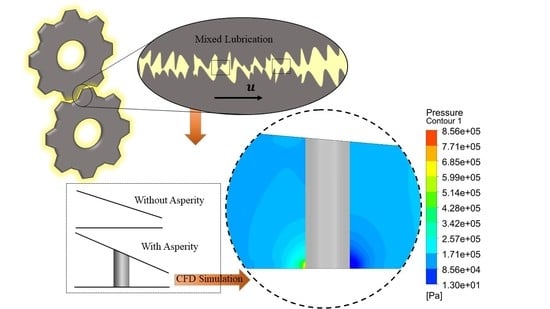CFD Investigation of Reynolds Flow around a Solid Obstacle
Abstract
Share and Cite
Patel, R.; Khan, Z.A.; Saeed, A.; Bakolas, V. CFD Investigation of Reynolds Flow around a Solid Obstacle. Lubricants 2022, 10, 150. https://doi.org/10.3390/lubricants10070150
Patel R, Khan ZA, Saeed A, Bakolas V. CFD Investigation of Reynolds Flow around a Solid Obstacle. Lubricants. 2022; 10(7):150. https://doi.org/10.3390/lubricants10070150
Chicago/Turabian StylePatel, Ruchita, Zulfiqar Ahmad Khan, Adil Saeed, and Vasilios Bakolas. 2022. "CFD Investigation of Reynolds Flow around a Solid Obstacle" Lubricants 10, no. 7: 150. https://doi.org/10.3390/lubricants10070150
APA StylePatel, R., Khan, Z. A., Saeed, A., & Bakolas, V. (2022). CFD Investigation of Reynolds Flow around a Solid Obstacle. Lubricants, 10(7), 150. https://doi.org/10.3390/lubricants10070150








